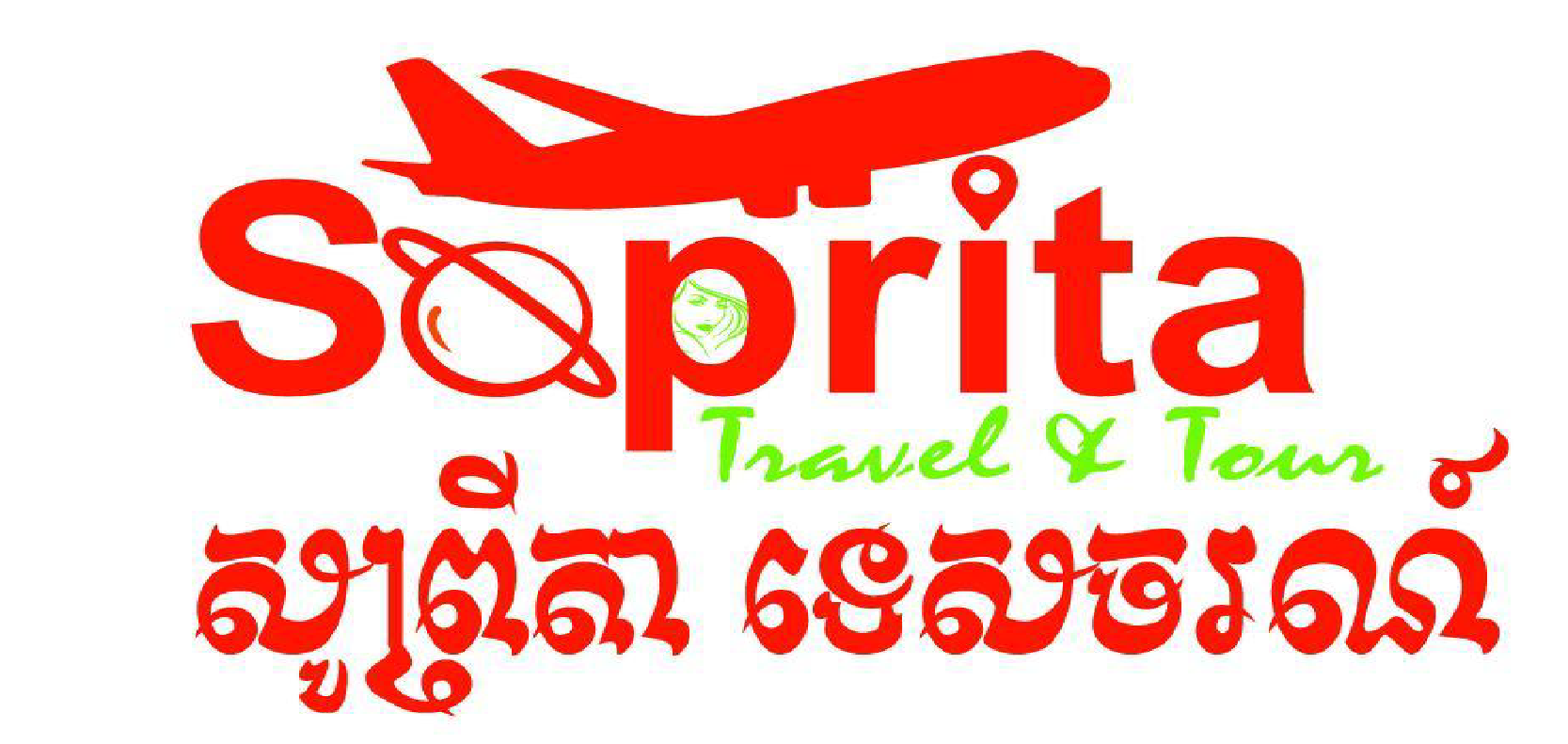What is Cambodia country known for?
Cambodia, officially known as the Kingdom of Cambodia, is a country located in Southeast Asia. It is known for several notable aspects:
- Angkor Wat: Angkor Wat is a UNESCO World Heritage site and one of the most famous landmarks in Cambodia. It is a massive temple complex located in Siem Reap and is considered the largest religious monument in the world. Angkor Wat represents the pinnacle of ancient Khmer architecture and is a significant symbol of the country’s cultural heritage.
- Khmer Empire: Cambodia has a rich historical legacy, most notably the Khmer Empire, which ruled over much of Southeast Asia from the 9th to the 15th centuries. During this time, the empire built numerous impressive temples and architectural wonders, including Angkor Wat.
- Temples and Archaeological Sites: Apart from Angkor Wat, Cambodia is home to several other ancient temples and archaeological sites. The Angkor Archaeological Park encompasses dozens of temples, such as Bayon, Ta Prohm, and Banteay Srei, which showcase the grandeur and artistic achievements of the Khmer civilization.
- Killing Fields and Khmer Rouge: Cambodia has a tragic history associated with the Khmer Rouge regime led by Pol Pot from 1975 to 1979. During this period, millions of Cambodians lost their lives due to political repression, forced labor, and genocide. The Killing Fields, located near Phnom Penh, are sites where mass executions and burials took place, serving as a somber reminder of this dark chapter in Cambodian history.
- Phnom Penh: Phnom Penh, the capital city of Cambodia, is located at the confluence of the Mekong, Bassac, and Tonlé Sap rivers. It is a vibrant city with a mix of colonial and modern architecture. The Royal Palace, Silver Pagoda, and the National Museum of Cambodia are among the key attractions in Phnom Penh.
- Beaches and Islands: Cambodia has a coastline along the Gulf of Thailand, offering beautiful beaches and tropical islands. Sihanoukville, Kep, and Koh Rong are popular beach destinations that attract tourists looking to relax, swim, and enjoy water sports.
- Traditional Arts and Culture: Cambodian culture is known for its traditional arts, including dance, music, and crafts. Classical Khmer dance performances, known as Apsara dance, often depict mythical stories and are a significant cultural attraction. Cambodian silk weaving and stone carving are also highly regarded crafts.
- Warm Hospitality: Cambodian people are known for their warm and welcoming nature, making the country a popular destination for travelers seeking authentic cultural experiences.








